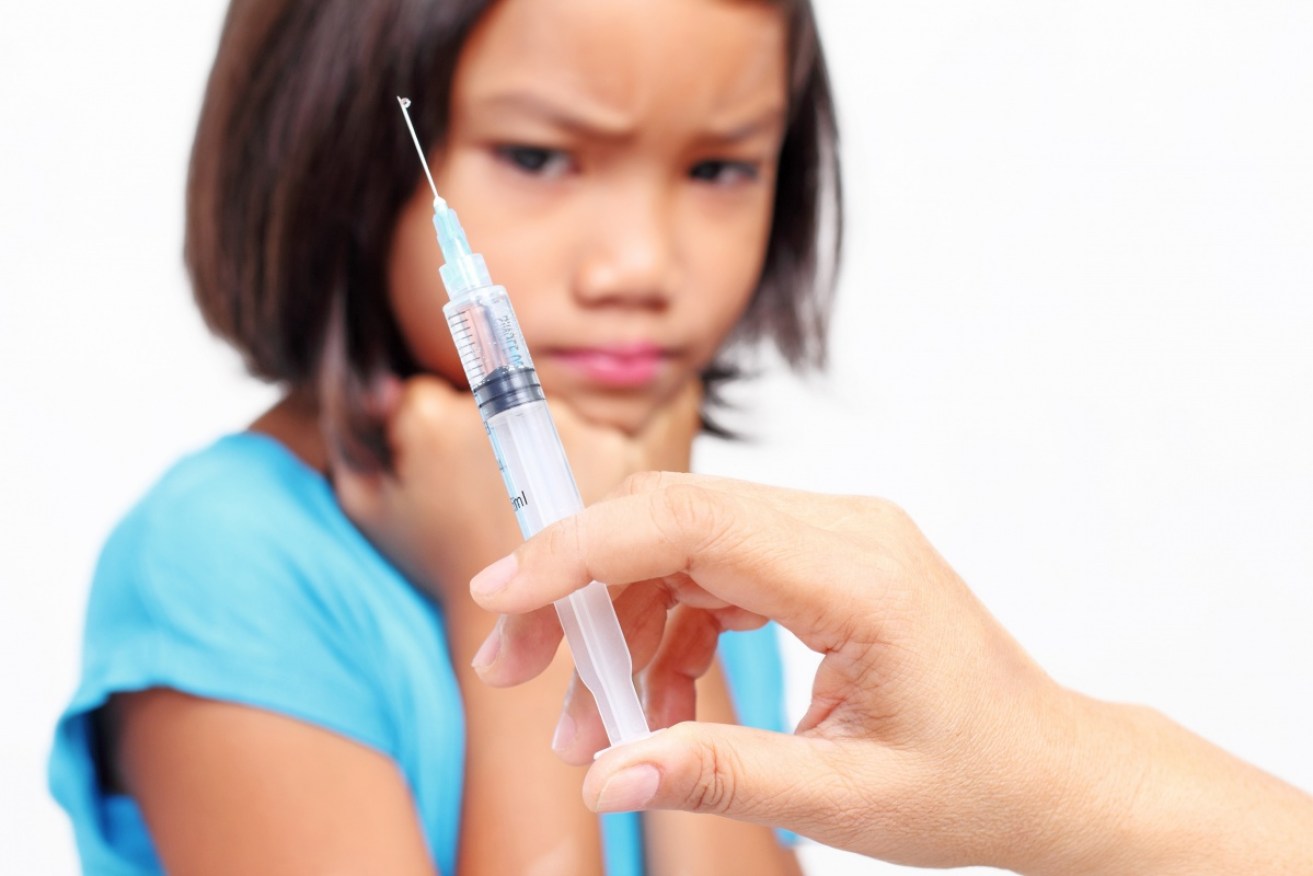No jab, no pay: Anti-vaxxers unmoved by policy, research shows


Shutterstock
The ‘no jab, no pay’ child immunisation policy helped raise vaccination rates in some corners of the community, but it did little to budge staunch anti-vaxxers, new research suggests.
As a policy that withholds payments from families whose kids’ vaccinations are not up to date, the University of Sydney and National Centre for Immunisation Research and Surveillance researchers discovered it was most effective for families who fell into the lower socio-economic category.
Therefore, the ones who were most dependent on the payments to keep a standard of reasonable living.
The difference was as stark as a 29.1 per cent increase (in overall coverage for adolescents aged 10 to 20) in lower socio-economic areas, compared to just a 7.6 per cent change in the highest socio-economic area.
As the researchers highlight, this is also reflective of the number of families eligible for the payments in these areas.
There was also a stark uptick in the percentage of Indigenous children receiving vaccinations.

A similar no jab, no play policy prevents unvaccinated children from enrolling in kindergarten or care. Photo: Getty
Frank Beard led the study, and said the findings – published on Monday in The Medical Journal of Australia – showed monetary-based policies were effective, but only up to a certain level.
Dr Beard pointed to the stagnant rates in the measles-mumps-rubella vaccine for five to seven-year-olds as evidence that anti-vaxxers paid little attention to the policy.
“(The finding) suggests little impact on those who reject vaccination, and that expansion of age requirements was the more effective policy lever in this period,” Dr Beard said.
Policy could contribute to entrenched disadvantage
The researchers did worry the policy could further disadvantage families who fell behind in vaccinations due to a lack of access or information.
Co-author Julie Leask is an expert on attitudes and behaviour to vaccination. She said requirements alone were not enough to encourage families towards complete vaccination – access and built-in reminders of when top-ups are due are also necessary.

The study found a huge increase in vaccination rates for Indigenous children, some 35.8 per cent compared to 17.1 per cent for non-Indigenous children. Photo: Getty
Other countries have been showing interest in Australia’s policy, as a way to boost vaccination levels overseas.
“The full scope of consequences of strict vaccination requirements should be carefully examined by any country considering such measures,” Professor Leask cautioned.
“It may be possible to find a reasonable middle ground that increases catch-up while not disadvantaging certain families.”
Jabs by the numbers
The university researchers say it’s difficult to exactly measure how many families responded to the no jab, no pay policy, but opposed to other education programs that came online around the same time, data from the federal government paints a data-driven picture.
Last year, the social services department said in 2018, the families of 350,000 children were warned they were at risk of losing benefits to the tune of $29 per fortnight per child.
As a result, 174,000 children were vaccinated, the government said at the time.
The national average for vaccination rates for five-year-olds sits at 94.77 per cent.








